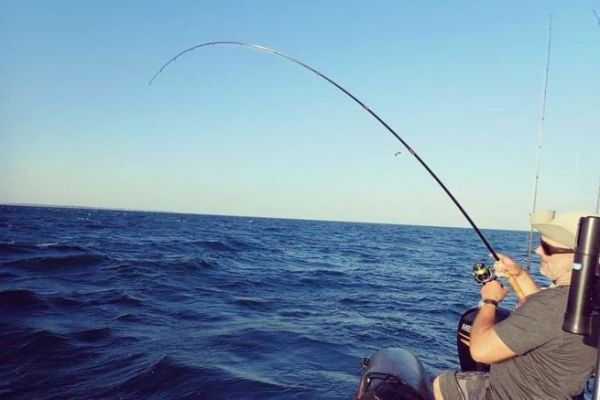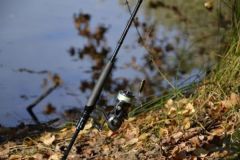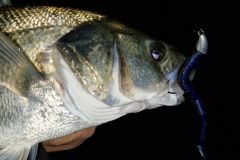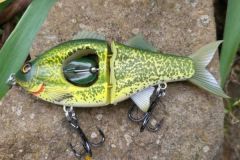Anyone who has tried several rods with different actions realizes that their mechanical behavior during animations is very specific. There are 3 main action families:
- state-of-the-art
- semi-parabolic
- parabolic
Each family is more or less adapted to the different lure fishing techniques used in freshwater and sea. For those who want a specialized tool, here's how to choose your rod.
Different actions
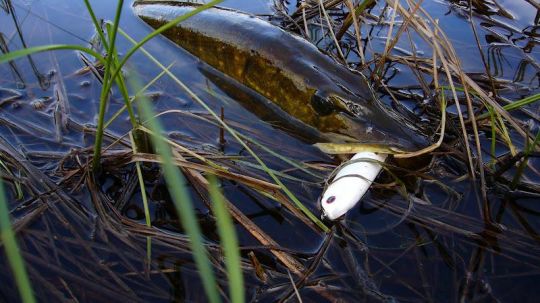
There are therefore 3 main families of actions, with a few variables such as very pronounced peak actions (also called Extra Fast or X Fast), for example. These actions correspond to the section that deflects when the blank is compressed. A tip action rod will work on the first quarter of its length, while a parabolic rod will work on half its length.
Depending on the materials used, not only its reactivity, but also other mechanical properties such as resonance and sensitivity will vary.
Cutting-edge actions
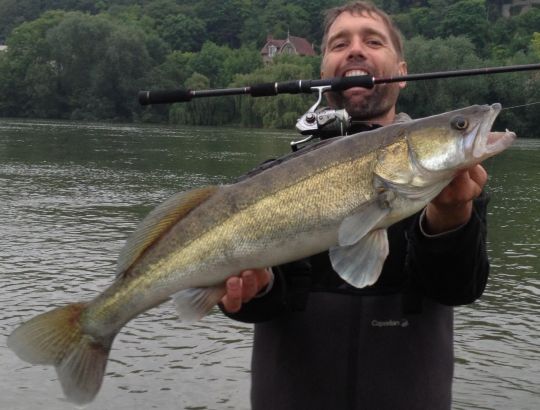
There are 2 variables:
- peak action = Fast
- very high-tech" action = Extra Fast (X-Fast)
Cutting-edge actions are particularly well-suited to techniques requiring high-precision animation. Coupled with reactive and "sound" material, these actions will provide much greater feedback.
So these actions are recommended for scratch fishing, fly fishing, rubber jig fishing or jerkbait fishing, depending on their power. For drop shot fishing, "extra fast" actions are even more appropriate, especially if the tip is playful.
While parabolic actions are more suitable for crank fishing, there are models with a fibreglass tip for this very specific technique.
Semi-parabolic actions
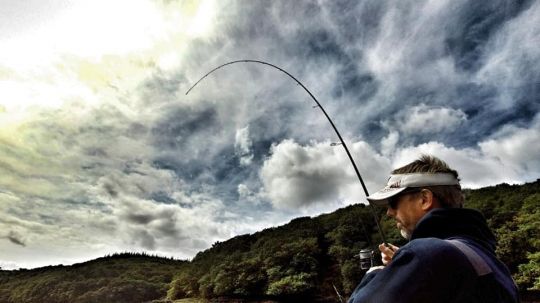
Semi-parabolic (or Regular or Moderate ) are, without doubt, the ones that offer the most versatility and cover the widest range of possible techniques. If you only need one rod, this is the type of action I recommend.
Depending on the length and power selected (which must be in line with the weight of the lures used), semi-parabolic actions are particularly effective for trolling, line fishing with soft lures or swimbaits, and fishing with topwaters, minnows or spinnerbaits.
You can also use a point action if it's playful and retains some flexibility in this upper quarter.
Also, for bigbait fishing, semi-parabolic actions are for me a must, as they allow you to propel large lures with much more comfort and efficiency compared to rods with very marked and hard actions.
Parabolic actions, a very specific use

Parabolic (or Slow ) are truly unique and sometimes coupled with the use of fibreglass. They are therefore reserved for fishing with lures that offer high resistance to water and produce strong vibrations. These actions will then dampen the vibrations and offer you much greater comfort. Fishing with a crank and a noisy rod quickly becomes so unpleasant that you change lures...
At sea, this type of action is also widely used for vertical and elevator fishing or slow jigging, for example.
